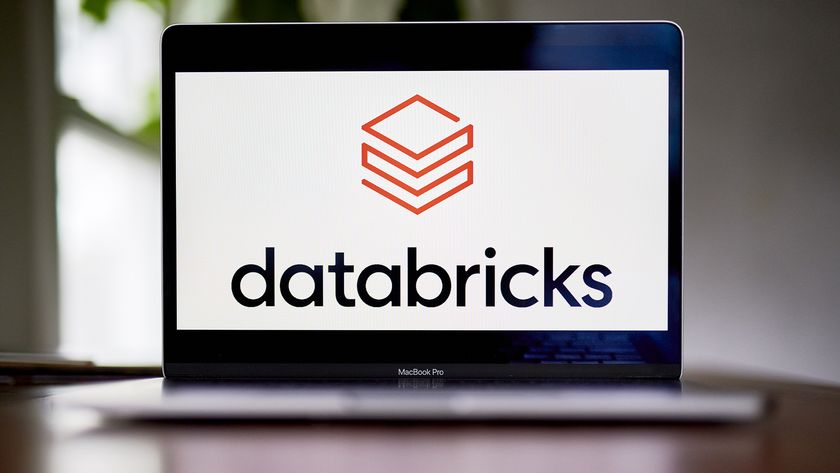What does Internet Explorer 8 mean for you?
Plan ahead for Internet Explorer 8 so you can take advantage of the security and deployment features – and update your web sites and applications to support the new standards.
By Microsoft's calculations, not being able to load a web page is the number one reason for support calls about Internet Explorer 7 which means your help desk probably gets a lot of those calls too.
If you've deployed Vista, when IE8 can't load a web page the error page has a button marked Diagnose Connection Problem, which runs Vista's tools for checking and attempting to repair the network connection.
It's the same as the link you get in IE7, but apparently users are more likely to click a button than to follow a link. If so, you could end up with fewer support calls, or at least slightly more informed ones. The links to all recently closed tabs on every New Tab' page should reduce the number of calls asking for help navigating the browser history too.
Standards are standard
Microsoft's Chris Wilson describes Internet Explorer's biggest challenge as "don't break the web". While IE8's default way of working is to use its new standards mode parser, it's also designed to be able to work with older pages. Most should display as expected, but pages that don't can be forced to load using the older IE7 rendering engine, just by clicking a toolbar button or by setting Group Policy for specific sites.
If you want to take advantage of IE8 on your sites, you can build pages and sites that use CSS 2.1, as well as using a much-improved HTML document object model. The default standards mode will handle all this without requiring any metatags instead you'll need to add tags to pages that you want to display as if your users were using IE7. There's also support for IE 5.5's quirks mode. Intranet sites can be displayed using IE8's IE7 mode automatically, using a deployment setting that only uses the new IE8 features on the public internet.
If you're not sure what you need to do to make your sites ready for IE8, the latest version of the Application Compatibility Toolkit will help you spot potential conflicts with IE8. This detects issues with that might trigger the Cross-Site Scripting Filter, as well as MIME restrictions, DEP/NX, ActiveX Control blocking, and AJAX navigation.
Get the ITPro. daily newsletter
Sign up today and you will receive a free copy of our Focus Report 2025 - the leading guidance on AI, cybersecurity and other IT challenges as per 700+ senior executives
Check your sites
One of Firefox's strengths has been the Firebug web page debugging tool, something that Internet Explorer has lacked in the past. That's a problem in today's web, where AJAX techniques dynamically modify page HTML on the fly, and CSS styles manage page look and feel.
IE8 includes a powerful built-in debugger, Developer Tools, which handles HTML, CSS and JavaScript. Developer Tools goes a lot further than the old IE Developer Toolbar, and launching the new debugging tools pops-up a new window that lets you work directly with a live page, so you can try out changes as well as tracking down problems.
Once in Developer Tools there's complete access to the HTML document tree. This allows you to see exactly how the browser parses your pages, and also how CSS rules are applied and used on a page. You can select individual elements by clicking on the page, jumping straight to the element in the HTML tree.
If you want to try out a possible change, double click on the elements tag attributes to edit them in place. You're only working with the HTML in the browser, so any changes you make won't be saved on the source web server. However, the page will reload in the browser so you can see just what each change does to your page layout.
Mary is a freelance business technology journalist who has written for the likes of ITPro, CIO, ZDNet, TechRepublic, The New Stack, The Register, and many other online titles, as well as national publications like the Guardian and Financial Times. She has also held editor positions at AOL’s online technology channel, PC Plus, IT Expert, and Program Now. In her career spanning more than three decades, the Oxford University-educated journalist has seen and covered the development of the technology industry through many of its most significant stages.
Mary has experience in almost all areas of technology but specialises in all things Microsoft and has written two books on Windows 8. She also has extensive expertise in consumer hardware and cloud services - mobile phones to mainframes. Aside from reporting on the latest technology news and trends, and developing whitepapers for a range of industry clients, Mary also writes short technology mysteries and publishes them through Amazon.
















